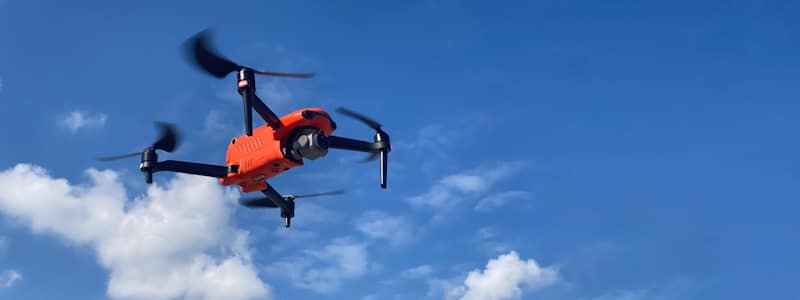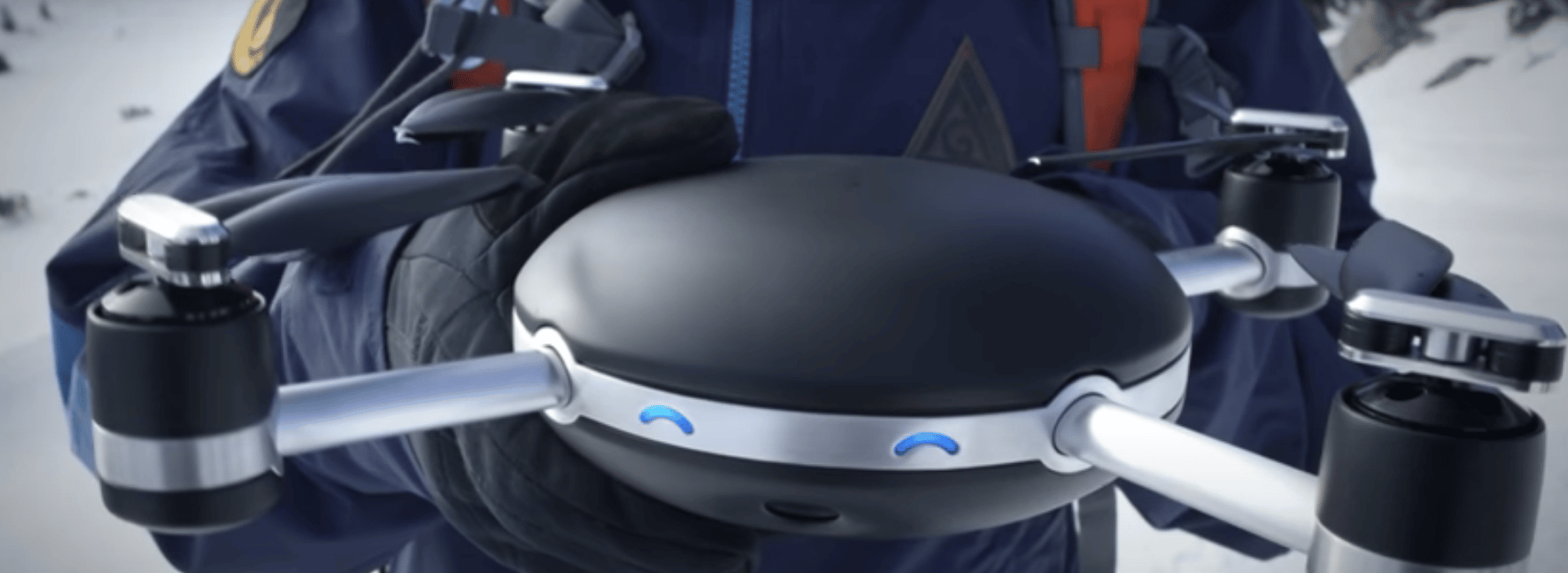There are different reasons why companies shut down; some shut down temporarily, while others shut down permanently. One of the companies with lots of controversies is Lily Drone. No one knows or understands how the organization shuts down without accomplishing anything.
Lily Drone was established in 2015, but the organization closed down in 2017 without prior notice. A company bought the brand name and is now selling Lily drones. The comeback is not what was expected; the drones are not well equipped compared to other drones like DJI, Parrot Anafi, and Autel.
The controversial but interesting story about Lily drone will captivate you, so relax as we dive into the story of Lily Drone.

What Happened To The Lily Camera Drone?
Lily Robotics was founded in Berkeley, California, in 2013, by Henry Bradlow and Antoine Balaresque. They had a vision to develop and produce a camera quadcopter drone. Both of them were previous workers at UC Berkeley Robotics. The idea for their quadcopter came in 2013.
Antoine had recently arrived from Yosemite on a family trip when he noticed that his mum was not in any of the pictures they took because she was the one with the camera, taking all the pictures. This brought about the idea for Lily Camera Drone, Lily Robotics' first product.
In 2015, Lily Robotics launched on Indiegogo, a crowdfunding site with a promotional video of a new, advanced, and captivating gadget, a drone with a camera capable of following the operator automatically without the need of controlling it. The company raised about $38.4 million in presales.
The features and functionalities of the drone in the promotional video were more advanced than any of the drones at that time. The drone in the video took off when thrown into the air and could self-navigate around objects. About 61,450 people pre-ordered the drone.
The Lily Camera drone was an autonomous quadcopter that combined computer-aided technology and GPS to record videos and capture images of operators via a tracking device worn on the wrist. Lily Robotics received over 60 thousand pre-orders within a short time.
Lily Robotics was reportedly closed in December 2015 for unknown reasons, and in January 2017, the company announced that it was shutting down permanently. This happened without the company shipping out a single pre-ordered quadcopter. This resulted in a lot of lawsuits and court cases with many investors.
Companies and individuals that invested in Lily Robotics included Spark Capital, Joe Montana, a former San Francisco 49ers quarterback, Stanford StartX fund, High Line Venture Partners, SV Angel, Sherpa Capital, and Slow Ventures. The founders of Lily Robotics had previously announced that the original release date of the pre-ordered quadcopters had been delayed from February 2016 until Summer 2016.
On the 12th of January 2017, Lily robotics sent an email to all customers who pre-ordered the drone, notifying them that the quadcopter could not be produced and they would receive a refund. The company shut down while owing about $34 million. The same day the mail was sent, a lawsuit was filed.
The District Attorney of San Francisco filed a lawsuit, claiming that it intentionally deceived its customers. There are alleged accusations that Lily Robotics faked the demonstration video using products from other companies. Moreover, in late January of the same year, the San Francisco Police raided Lily Robotics offices seeking evidence of the crimes.
Lily Robotics filed a petition for relief with the U.S. Bankruptcy Court for the District of Delaware under Chapter 11 of the U.S. Bankruptcy Code. The company had to issue a notice to all customers that all pre-order payments would be refunded during the bankruptcy, but they needed the approval of the Bankruptcy Court to make payments.
On the 13th of March, 2017, Lily Robotics filed a motion with the Bankruptcy Court to approve the refund process. Lily Drone was originally sold for $499, but the price increased to $899 in 2016. This price increase did not affect pre-order numbers. During the investigation of Lily Robotics, in one of the emails found, the company's CEO made a statement.
He said the shot in the promotional video that was said to have been captured using a Lily drone was captured using a GoPro mounted on a Lily drone prototype. He also said the company was not comfortable announcing that the video was shot with a GoPro because their selling point was that you do not need a GoPro.
The company was also accused of deceiving the public. When producing the promotional video, there was no single Lily Drone Cam prototype with all the advertised features available. The company claimed to have used prototypes that looked good externally but were not functional for the promotional video and were different from the advertised product.
Lily Robotics refused to provide the reasons for the repeated delays in launching the Lily; however, in a blog post released in December 2015, it was cited that the issues encountered were designing the software for flight, configuring the hardware components needed (computer-aided vision for tracking and a water-proof sensor for flight stability), as well as the need to test it in extreme weather conditions.
Lily Drone was featured on the front page of the Wall Street Journal and was tagged as one of the gadgets that will define life in 2016. In June 2017, Lily Robotics was auctioned off for $750,000. Two parties bought the company; Mota purchased the branding rights of Lily, including the customer list and trademark, for $300,000. LR Acquisition purchased Lily's technology, patents, and drone prototypes for $450,000.

Lily Drone
When Mota purchased the branding rights and trademark of Lily Robotics, many felt it was not a good decision to own a company with a tarnished name. Mota is the company behind the production of Jet Jat Nano, a toy drone sold for $30. Mota announced that it would relaunch Lily Drone in October.
However, the two most hyped features in the original design would not be available; the water-proof design and the ability to fly after being tossed into the air. This was not a surprise because no high-end drone manufacturing company could produce a drone with such features.
The new Lily Drone, known as the Lily Next Gen, is a foldable drone that can film in 4K, track an object, take off with one touch, and has a smart hover feature to keep the drone steady in case the pilot is distracted. The drone has a sleek design and expensive packaging.
The drone is packed into a net case, making it organized and with compartments for the batteries, chargers, and cords. The Lily Next Gen can be operated outdoors and indoors; similar to the DJI Mavic design; it is also a foldable drone. The drone comes with two batteries that offer about 18 minutes of flight time each.
The drone also has the return-to-home feature that makes it return to the point of take-off if the pilot loses control or there is no connection. The SmartHover feature makes the drone easy to operate, even for beginners. The Lily Next Gen does not come with a transmitter; you control the drone through the mobile application.
How Much Does The Lily Drone Cost?
Considering all the allegations and controversies, you would assume that the Lily Next Gen would be cheap. However, this drone is more expensive than some high-end drones, despite lacking the most desired features. The Lily Next Gen costs $699, about $200 more than the DJI Spark.
Final Thoughts
When the Lily Drone promotional video was released, many people were excited to own a super-smart drone. Unknown to them, the video that sparked their interest was not real. Despite clearing the air around Lily Drones, only a few people purchase them, which is not without complaints and negative reviews.
Shawn Manaher loves to play with new toys and dive into new hobbies. As a serial entrepreneur, work definitely comes first but there is always room for hobbies.

